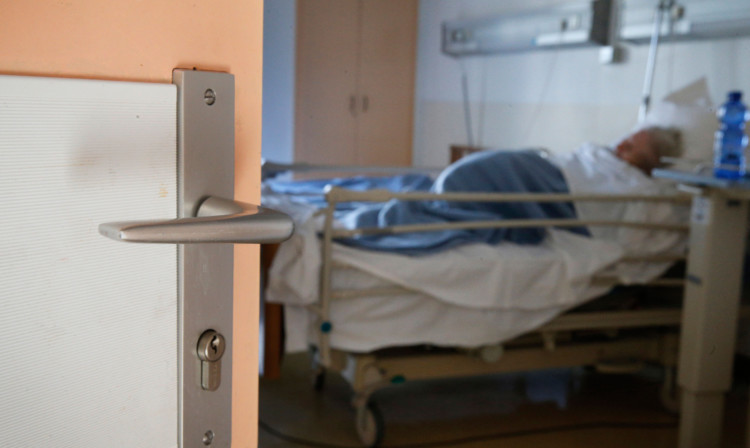
A new study has revealed that hospital infections cost NHS Scotland £46 million every year.
World-leading research led by Glasgow Caledonian University (GCU) found that 7,500 hospital patients develop hospital associated infections (HAIs) each year, one in every hundred.
However, this total is lower than previously estimated from prevalence surveys, and compares favourably with previous historic estimates in the UK (7.8%) and recent studies in wider Europe (3%).
The study, published in a special issue of the Journal of Hospital Infection, also found that urinary tract infection was the most commonly occurring HAI, followed by blood stream infection, lower respiratory tract infection, gastrointestinal infection, surgical site infection, and pneumonia.
The ECONI (Evaluation of Cost of Nosocomial Infection) research found that most of these infections were caused by Escherichia coli, Staphylococcus aureus and Norovirus, and higher proportions were found in intensive care/high dependency, renal medicine and cardiothoracic surgery.
Professor Jacqui Reilly, ECONI Chief Investigator and GCU’s Safeguarding Health through Infection Prevention (SHIP) research group lead, said: “This study gives Scotland the first comprehensive assessment of the incidence, risks and costs of all types of HAI, enabling annual planning of infection prevention and control (IPC) strategy in our hospitals locally and nationally.
“The research highlights the importance of personalised IPC – risk assessing each patient on admission to mitigate risks of acquiring an infection during the hospital stay, in addition supporting decisions on which HAI should be focussed nationally in programmes on the basis of incidence and cost, such as bloodstream infections and pneumonia.”
The Scottish Government, who commissioned the study, welcomed the findings.
Scotland’s Associate Chief Nursing Officer Irene Barkby said the results will help the NHS prevent infections and improve patient treatment.
She said: “This is the most comprehensive study of the incidence and impact of HAIs carried out in the UK for over 20 years and the first of its kind in Scotland. The Scottish Government commissioned this internationally significant work to ensure we continue to lead the way in making sure hospitals are as safe as possible for our patients.
“We have achieved significant reductions in HAI and this is in part due to improved infection prevention and control processes and good antibiotic prescribing practices in both hospital and community settings.
“The study indicates that HAI incidence is low in Scotland at 1%, but we are not complacent and that is why we will act on this important report.
“The results will help us improve further how we treat HAIs and maximise every opportunity to prevent them – identifying patients most at risk as early as possible and informing work to stop any overuse of antibiotics. As well as protecting patients, reducing HAIs will free up staff resources and reduce waiting times.”

Enjoy the convenience of having The Sunday Post delivered as a digital ePaper straight to your smartphone, tablet or computer.
Subscribe for only £5.49 a month and enjoy all the benefits of the printed paper as a digital replica.
Subscribe